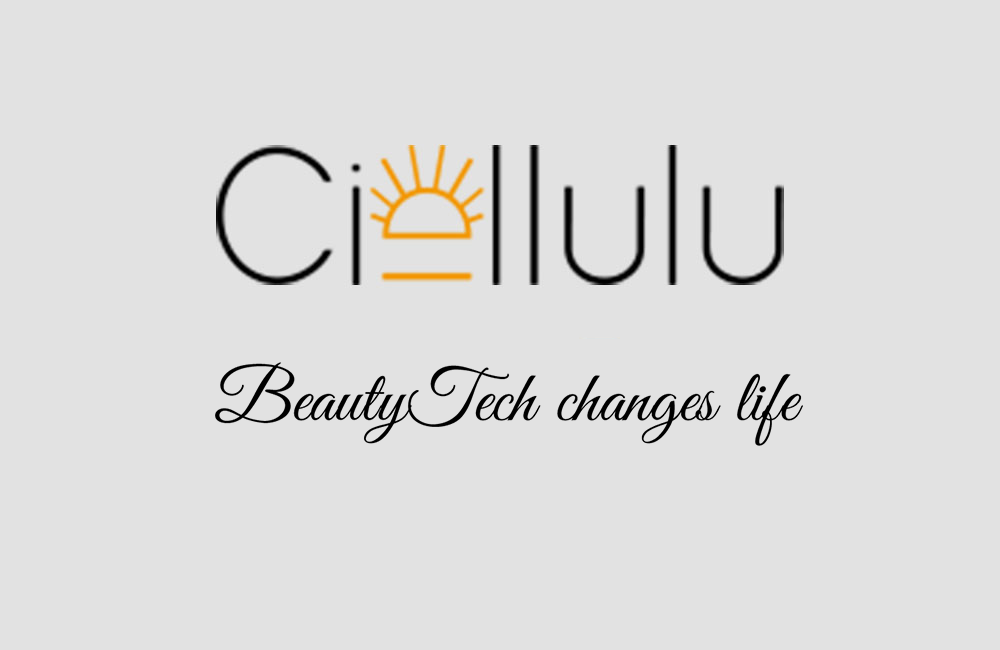Understanding the Mechanism of Selective Photothermolysis in Ciellulu Liffan Q6

Understanding the Mechanism of Selective Photothermolysis in Ciellulu Liffan Q6
Title: Understanding the Mechanism of Selective Photothermolysis in Ciellulu Liffan Q6
Selective photothermolysis is a principle widely implemented for a target-specific destruction of tissues with light. Pulsed lasers with specific wavelengths can be absorbed by selected chromophores, which absorb the light to generate heat and cause localized damage without affecting the surrounding tissues.
Selective photothermolysis can affect particular pigments in the skin because specific wavelengths of light are absorbed by specific chromophores in the skin. Chromophores include melanin, which gives color to hair and skin, oxyhemoglobin present in blood, and water. Once the light energy is absorbed by the chromophore, it is transformed into heat energy, leading to a rapid rise in temperature that destroys the targeted tissue without harming the surrounding skin.
Q6 Pigmentation Removal
In targeting pigmented skin lesions, the success of selective photothermolysis is contingent upon the appropriate choice of wavelength and energy delivered. Laser wavelength must correlate with the absorption spectrum of the targeted pigment. Further, the energy chosen should be sufficient to destroy the target without damaging the surrounding skin. The time of exposure, or pulse duration, should also be less than or equal to the thermal relaxation time, the time it takes for the target tissue to cool by 50%.
Clinical use of selective photothermolysis is quite widely popular. For instance, the Q-Switched Nd:yag laser is frequently used for the removal of pigmented lesions and tattoos. This type of laser operates by creating a high-powered beam with a short pulse duration. This combination allows the absorption of the laser's energy in nanosecond bursts by the targeted cells, enabling precise destruction of the pigment with a minimized risk to surrounding tissues.
Now, let us turn our attention to the role of the innovative Ciellulu Liffan Q6 in enhancing photothermolysis. The Ciellulu Liffan Q6 employs Q-Switched Nd:yag laser technology that enables highly accurate targeting and treatment. While conventional selective photothermolysis runs the risk of side effects like scarring due to imprecise targeting, the Ciellulu Liffan Q6 laser eliminates this risk. It is programmed to stimulate the skin's natural healing process without affecting the surrounding tissues.
In essence, selective photothermolysis revolutionizes the treatment of pigmented skin lesions, offering a unique solution where traditional methods fall short. The advent of novel technologies like the Ciellulu Liffan Q6, equipped with the Q-Switched Nd:yag laser, heralds a new era of precision and safety in the realm of dermatological therapy. As we further expand our understanding of laser-tissue interactions, we can anticipate continuous refinement in the application of this revolutionary principle of selective photothermolysis.
In conclusion, the selective photothermolysis mechanism has enhanced the path of dermatological treatments, paving the way to more effective and low-risk procedures. The Ciellulu Liffan Q6 employs this mechanism with accuracy and precision, demonstrating developments in the medical field in the treatment of skin lesions.
Source: Understanding the Mechanism of Selective Photothermolysis in Ciellulu Liffan Q6




 Ciellulu Laser - Facial Machine Supplier
Ciellulu Laser - Facial Machine Supplier

